How to process zucchini if aphids have appeared on them?
Aphids on zucchini makes gardeners jittery and gives them a lot of trouble. Despite its small size, the insect is capable of causing significant damage, because during the summer season, 20 generations change in one colony of pests.
Zucchini is affected by melon aphids. Towards the end of summer, insects acquire the ability to fly, due to which they migrate to other crops.
Due to the short growing season, it is undesirable to treat zucchini with insecticides; it is better to use folk remedies for plant protection, as well as agrotechnical, mechanical and biological control methods.
Signs of infection
The melon aphid (Aphis gossypii - lat.) Has an elongated body of yellowish or green color, similar in shape to a grain of rice. In length, the size of the insect does not exceed 2 mm. The pest feels great in the European part of Russia, in Siberia and Transcaucasia, in the Far East. Wherever aphids appear, they pose a serious threat to agricultural crops.
Females and larvae of aphids winter in the root zone of weeds and among fallen leaves. With the onset of freezing temperatures, insects become active, gathering in large colonies. The presence of males is not necessary for pests to breed. Basically, aphids live on the lower part of the leaves, less often they are located on stems, buds, flowers.
The permanent companions of the colony are ants. They use honeydew from aphids for food and protect the pest from predatory insects in order to preserve their food source.
When zucchini is infected, characteristic symptoms appear:
- curling and yellowing of leaves, the appearance of dark areas on them;
- the presence of mucus, the death of young shoots;
- shedding of flowers and ovaries, cessation of fruit development;
- accumulation of small black or brown larvae on the lower surface of the leaves.
The mass distribution of aphids on zucchini occurs in July-August. Pests especially like warm and humid weather. The pest sucks juices from plant tissues, making it weak and vulnerable to various diseases.
If you apply a number of agronomic techniques, the settlement of aphids on the site can be avoided. Otherwise, you will have to start actively protecting your landings.
Preventive action
A number of activities that need to be carried out even before planting will help protect the planting of zucchini from the attack of the pest. The summer resident needs to take care to reduce the number of insects already existing on the site and prevent them from multiplying. This requires:
- Observe the crop rotation and do not plant zucchini after crops that are more often attacked by aphids. These include cucumbers, melons, watermelons, legumes, and the squash themselves. A little less often, the pest attacks tomatoes, beets, carrots.
- Dig deep into the soil twice - in the fall after harvest and in the spring before sowing.
- If aphids have multiplied during the cultivation of the predecessor culture, after harvesting the fruits, plant residues must be burned. Bonfires are made right on the ridge. It is required to carefully clean the entire territory of the site before the arrival of winter.
- Plant spicy vegetables, aromatic herbs and some types of flowers next to zucchini. The aroma of marigolds, calendula, mint, lavender, fennel, onions and garlic repels aphids.
- When buying seedlings, you must carefully inspect them for pests. It is not uncommon for aphids to enter the site together with acquired plants.
If, despite all efforts, the pest has settled on zucchini, do not wait. You need to start fighting aphids immediately.
Using folk remedies
Cool, rainy weather naturally reduces pests. You can reduce the number of insects by collecting them by hand or by flushing with water from a hose.
Folk remedies for aphids will be effective if pests are present on zucchini in small quantities. For the preparation of the compositions, burning and bitter plants are used, as well as some other components found in every home.
All recipes show the amount of ingredients per 10 liters of water:
- Grate and dissolve a piece of laundry soap in water, add 1 glass of vinegar here. Mix everything thoroughly and use a spray solution.
- Prepare a solution from water heated to 60 ° C and 200 g of wood ash or tobacco dust. Let it brew and then apply for processing. You can use the components in dry form, dusting the leaves of plants.
- Grind 200 g of laundry soap on a grater and put in water, add 1 tbsp. l. salt and 1 tbsp. l. baking soda, stir until the ingredients are completely dissolved.
- Mix 1 tbsp. l. ground red and black pepper, mustard and cinnamon powder. Pour the mixture into water, add 100 g of soap shavings there, stir the solution, let it brew before use.
- Add 400 g of onion husks to the water and put on fire. Boil the composition for 20 minutes, then strain, add 100 g of crushed soap, stir and cool.
- Chop a glass of peeled garlic cloves and add to the water. Let the product brew for 3 days. Strain the infusion before use, dissolve 100 g of soap shavings in it, then use it as directed.
- Grind henbane leaves and roots (1 kg of fresh grass or 0.5 kg of dry raw materials), pour boiling water over and let it brew for 12-15 hours. Strain before use.
- Finely chop 1 kg of potato tops and put in water, add 1 packet of hot red pepper there. Insist the product for 4 hours, then strain and apply for spraying.
Due to the presence of soap substances in the composition, the solutions remain on the surface of the leaves longer and continue to have a detrimental effect on pests. You can replace the laundry soap with any liquid soap.
Zucchini is processed in dry, calm weather in the morning or evening. If it rains soon, the plants must be re-sprayed. In total, 4-5 treatments are carried out with folk remedies, applying them to zucchini twice a week.
Sometimes, in order to destroy the pest, the beds are spilled with boiling water on the eve of planting - this is another effective way to get rid of insects.
The use of chemicals
It is allowed to use chemistry when fighting aphids on zucchini no later than 20 days before harvesting. This method is justified in case of severe infection of the site. Chemicals are used even before planting seeds, resorting to seed dressing. For prophylactic purposes, very young zucchini can be treated with a 1% solution of Bordeaux liquid.
In case of a mass invasion of a pest, the plantings are sprayed with a solution based on one of the insecticides:
- "Karbofos";
- "Aktars";
- Tanreca.
The drugs are used according to the instructions, with exact adherence to the dosage. Work must be carried out in closed clothing, a mask and goggles.
Biological products are less toxic. Their action is based on the work of special fungi and bacteria that disrupt the life cycle of insect pests. Among this group, the most effective means:
- Iskra Bio;
- Fitoverm;
- "Arrow";
- "Jaguar".
Biological products do not harm the environment. It is necessary to use the working solution immediately after preparation.
Controlling aphids in the greenhouse
For early harvests, squash is often grown in a greenhouse.Indoors, aphid control measures should be aimed at creating conditions unfavorable for the insect:
- the building needs to maintain an optimal level of humidity (about 80%) and temperature (up to 25 ° C);
- perform thorough and timely weeding;
- greenhouse soil must be completely replaced once every 5 years;
- annually in the fall, the top layer of earth 5 cm thick is removed - it is in it that most of the pests and their larvae accumulate;
- plant residues are taken out of the building immediately after harvest;
- before wintering, to disinfect the greenhouses, they lay and set fire to a sulfur checker - poisonous smoke will not leave any of the pests alive;
- in spring, the walls of the building are washed and the frame is treated with copper sulfate.
To prevent aphids from starting, you must also fight the ants.
The immunity of the plants themselves will be strengthened by timely feeding. In order for zucchini to grow powerful stems and elastic leaves, they need complex fertilizers with a predominance of phosphorus and potassium, as well as abundant watering.
For feeding zucchini, you can use the following drugs:
- Agricola-5,
- "Zdraven Turbo",
- "Multiflor",
- "Clear sheet".
Aphids not only spoil plants, destroying their leaves, flowers and ovaries, but also become a carrier of viruses and pathogenic bacteria that cause dangerous diseases. The fight against the pest must be started immediately, but the best decision would be to take measures to protect the zucchini even before the insect colonies settle on them.

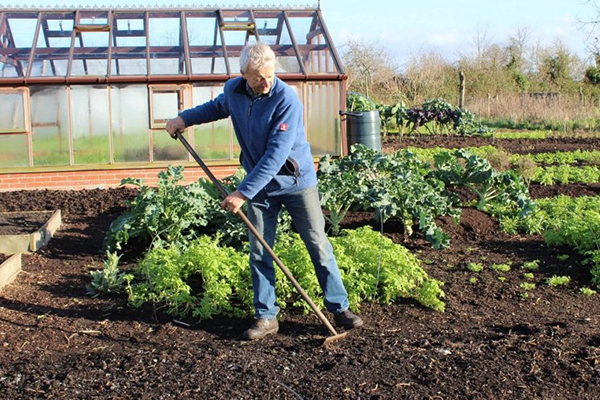
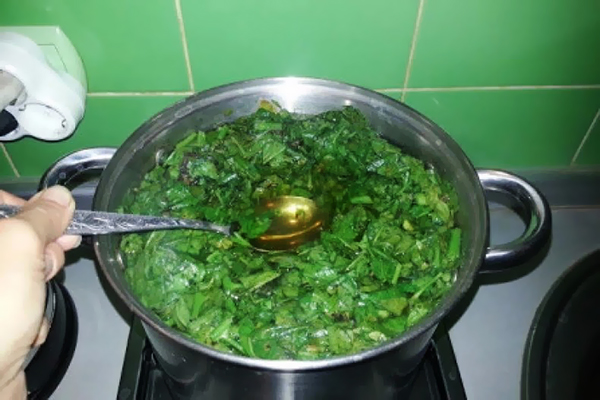
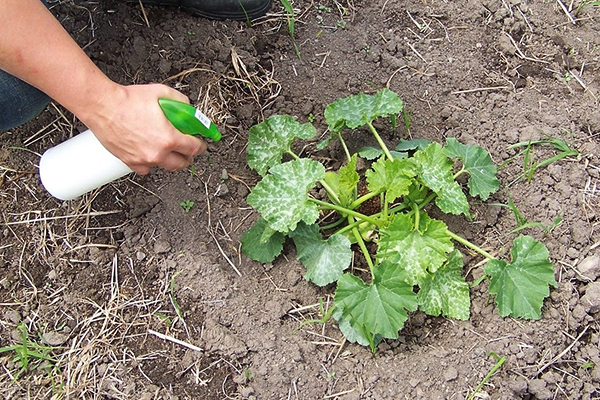
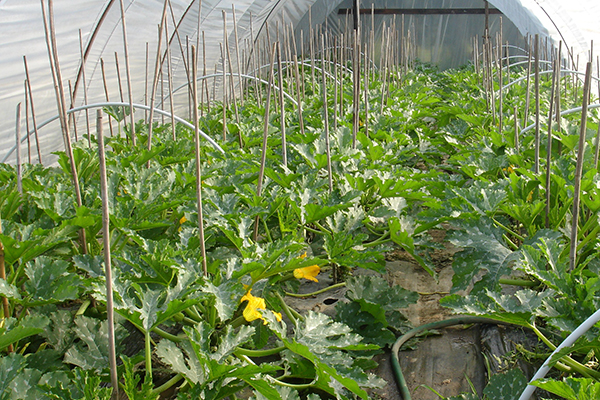
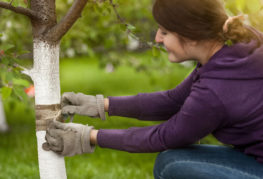
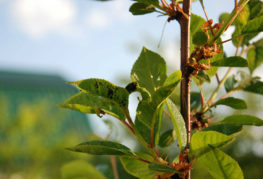
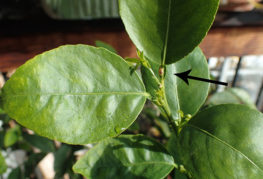



and will be published shortly.